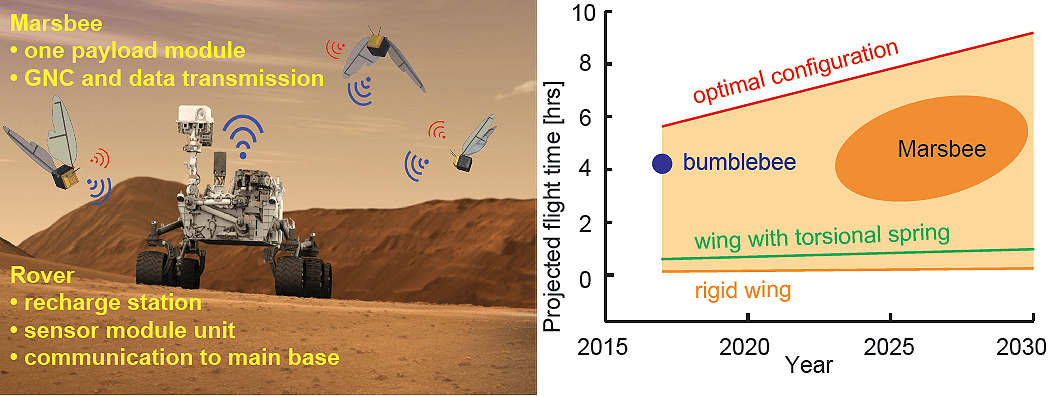NASA has been known to use unconventional methods to achieve their goals from time to time. Indeed, it seems they're thinking outside of the box yet again if their latest project announcement is anything to go by.
According to an agency blog post, NASA has given Alabama-based researchers initial funding for a new type of mars exploration tech - electronic bees, appropriately named "Marsbees."
These little pieces of technology will be roughly the same size as real bumblebee but they'll have considerably larger wings. This increased wingspan will be a necessity, as Mars' atmosphere, though present, is much thinner than Earth's.
Unlike ordinary Mars rovers which tend to be a bit on the slow side, Marsbees will be fast, maneuverable and possess the ability to move in three dimensions. Researchers could theoretically deploy swarms of Marsbees in multiple directions, covering much more ground than ordinary rovers have been able to thus far.

The research team also hopes to develop a large Mars rover that will act as a "mobile base" for nearby Marsbees should they need to recharge after a lengthy flight. It's also worth noting if something goes wrong with an individual Marsbee, the swarm as a whole might remain relatively unaffected.
Interestingly, the Alabama research team won't be developing all of this technology alone. Their role in the project will be to "numerically model, analyze, and optimize a flapping flyer for Martian atmospheric conditions" while a separate, Japan-based team will be physically developing and testing the Marsbees.
Main image courtesy of The Mars Society
